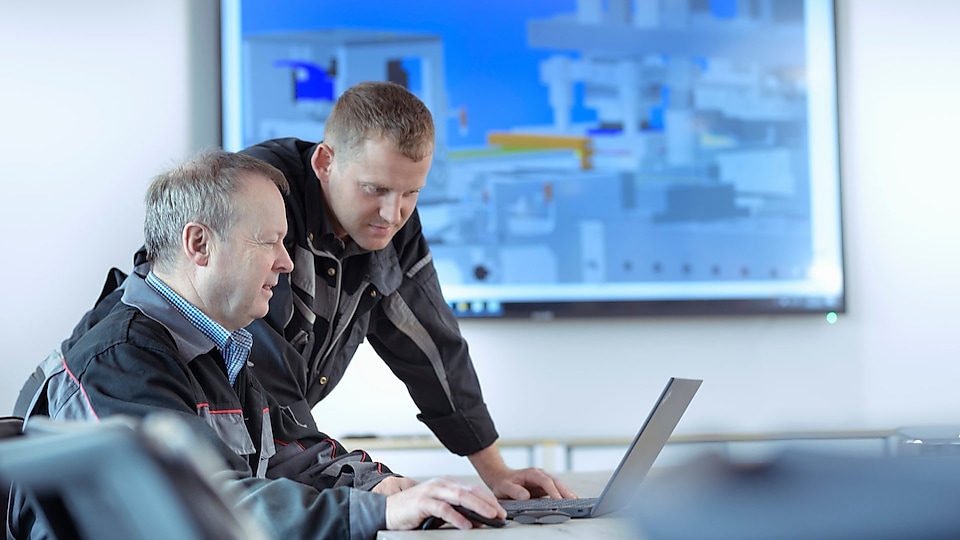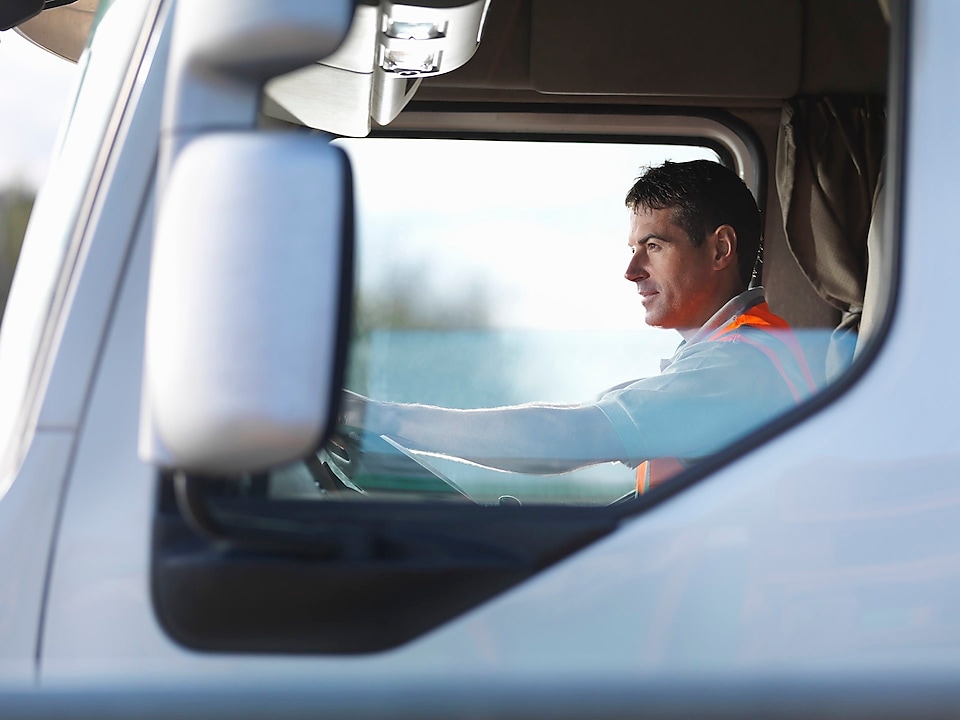
5 ways to manage a multi-generational workforce
We’re living and working longer than ever which means that our workforce can now theoretically cover four generations.
By Gareth Herincx on Jun 11, 2019
Each one comes with its own benefits and the challenge is to play to the strengths of the various age groups and adopt a more agile and inclusive management approach.
Experts[1] predict that by 2020, millennials (roughly those born between 1981 and 1995) will make up 35% of the global workforce and Generation Z (1996 to 2012) another quarter (24%).
In other words, more than half the entire workforce population around the world will be made up by younger workers. However, that still leaves a lot of older people, many of whom will continue to work into their 70s. This group includes Generation X (1965 to 1980) and Baby boomers (1946 to 1964).
This kind of age range presents challenges for employers, and as a fleet manager you should be able to deal with their various needs and expectations.
Transport and haulage firms say they are finding it harder to recruit young people to fill the places of those who are retiring, with the cost of training, stricter safety standards and a lack of glamour being blamed for the skills shortage.
A Freight Transport Association (FTA) report[2] in October 2016 estimated that there’s a national shortage of 34,567 Large Goods Vehicle (LGV) drivers.
The average age of lorry drivers has risen from 45 in 2001 to 48 in 2016, says the FTA – and just 2% of employed drivers are under 25, compared to 10% of the working population.
Unlike most office-based workplaces, there are specific issues that affect fleets – whether employees are driving company cars, delivery vans or Heavy Goods Vehicle (HGVs).
Here are five tips for managing multi-generations:
1) Tackle wellbeing for all ages
It’s more important than ever for fleet managers to consider driver wellbeing. Driver retention is one of the most pressing issues currently facing the UK transport industry, along with the shortage of younger recruits. Hanging onto experienced and capable drivers is one challenge, as is recruiting new entrants as older drivers retire or leave to pursue different careers.
Businesses that provide supportive frameworks to cater for the needs of a multi-generational workforce will thrive, attracting, retaining and developing talent of all ages.
As a fleet manager you have a duty of care to your workforce and it’s essential to ensure the health and wellbeing of employees at work, whilst encouraging drivers to take care of their physical and mental wellbeing outside work too through education and encouraging better lifestyle habits.
There are various ways to tackle these issues in the workplace:
- Organise training and/or sessions in stress management and mental health awareness. Find ways to encourage employees of all ages to exercise and eat more healthily
- Run surveys to find out how engaged your workforce is and find out if they have any issues which might affect them both mentally and physically
- Learn to spot signs in staff members who may be struggling. For instance, stress often carries physical signs, just like colds and flu, and these might include mood swings and food cravings (link to 10 signs of stress)
- Lead by example. Show that you take workplace wellbeing seriously by getting fit and eating healthily yourself. This also applies to being proactive in joining training sessions
The concerns and needs of different age groups can differ. For example, as employees get older, their focus often moves from career progression to work-life balance.
2) Know your employees
Study the demographics of your current workforce and work out how this may change in the future. Ask your employees to fill in a simple online survey to find out how they feel about their job and their aspirations. Answers may differ from generation to generation, but it’s widely believed that millennials, for instance, actually want very similar things to other age groups. In other words – respect, a desire for feedback, career opportunities and a work-life balance.

3) Implement an imaginative training strategy
Millennials are the first generation to enter the workplace having been exposed to technology from a young age, and they are therefore accustomed to the efficiencies that it can offer – both in their personal and professional lives. New technologies such as telematics, which monitor everything from vehicle fuel economy and driving behaviour to automated driver time sheets, are not remotely frightening to them.
However, as a fleet manager it’s important to keep pace with technology and offer training and ongoing vocational programmes so that no-one is left behind, whatever their age. Also, the training should appeal to all learning styles with a combination of traditional classroom/paper-based and online/computers to please everybody.
Taking training seriously should also lead to a loyal working culture and reduce turnover.
4) Encourage collaboration and mentoring
Enable cross-generational mentoring where younger employees can teach older ones how to use new technology, for instance, while older generations can provide mentoring regarding interpersonal skills and communication. Different generations have much to learn from each other and to offer each other.
Encourage your team to work together and embrace the qualities they share – not what divides them. Stop talking about generational differences and ages – instead focus on people as individuals.
5) Embrace flexible working
We live in a so-called “gig economy” where many people work on-demand as freelance or independent consultants without long-term employment contracts for more of a work-life balance.
This approach may not work for all companies, but there may be a space for a proportion of employees to choose this style of working. It could work for younger employees used to today’s working environment, or for older workers who might prefer to work in a different way. Every generation has its own priorities such as buying a first home, having children, saving for retirement, spending time with grandchildren and having to care for loved ones.
Many haulage fleets already utilise this style of work by allowing drivers to have flexible schedules – for instance, choosing between local or long-distance hauls.
And here’s one final thought. Recent research[3] by McDonald’s in the UK has revealed that people working in a multi-generational environment tend to be 10% happier.
In a survey of 32,000 of the restaurant chain’s employees (aged 16-91), those who worked with a cross-section of ages showed a 10% increase in happiness levels compared with those who worked with a peer group of similar age.
[1] Millennial Careers: 2020 Vision Facts, Figures and Practical Advice from Workforce Experts
[2] The Driver Shortage: Issues and Trends
[3] Bridging the generation gap is the key to a happier workforce



